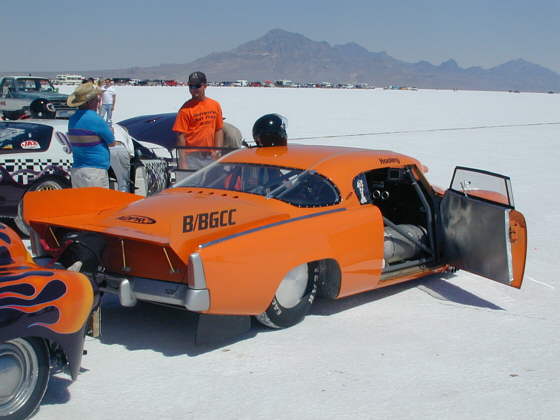Quote from: "Dr Flowgood"Purple pickup, //// Its interesting stuff, the gas stations owned by oil companys sure dont have any interest in selling ethanol. I dont think e85 will ever be a big hit, Ive read that we cant grow enough corn to make enough of it to replace all the gas we use and we need it as a food more than a fuel.
PS: what are these big fuel injectors used in, are they throttle body injectors?
Doug
the huge fuel injectors are on 80's up ford 3.8 CFI (36lbs/green top) and 5.0 CFI(59 lbs dark blue top) and 5.0HO CFI (62 lbs grey top) i found a site by googling ford cfi injectors that had a complete list of bosch and ford numbers to flow rates and voltages. i printed the whole thing. then cleaned my desk. they have a spool that adapts the cfi special top to a conventional oring top .
i did find this link with lots of cool stuff wholesale stuff. i used to have an account with these people through one of the shops i worked at... anybody who rebuilds carbs or messes with fuel injection for a living should download the various pages they have. they have stuff that nobody else has. because they make it... and they sell it to every carb shop. the carb kits in the 6"x6"x1.5" boxes are theirs in various outer boxes.
http://walkerproducts.com/downloads/catalogs/2006HighPerformanceCatalog.pdf
http://walkerproducts.com



 Is there a preasure issue?
Is there a preasure issue?